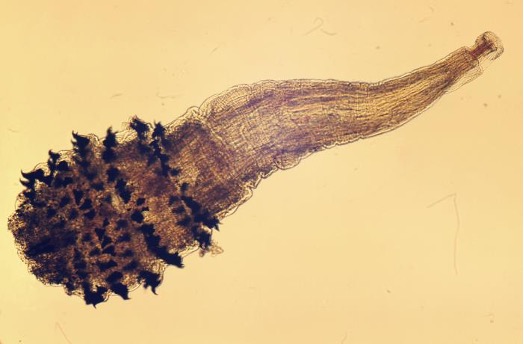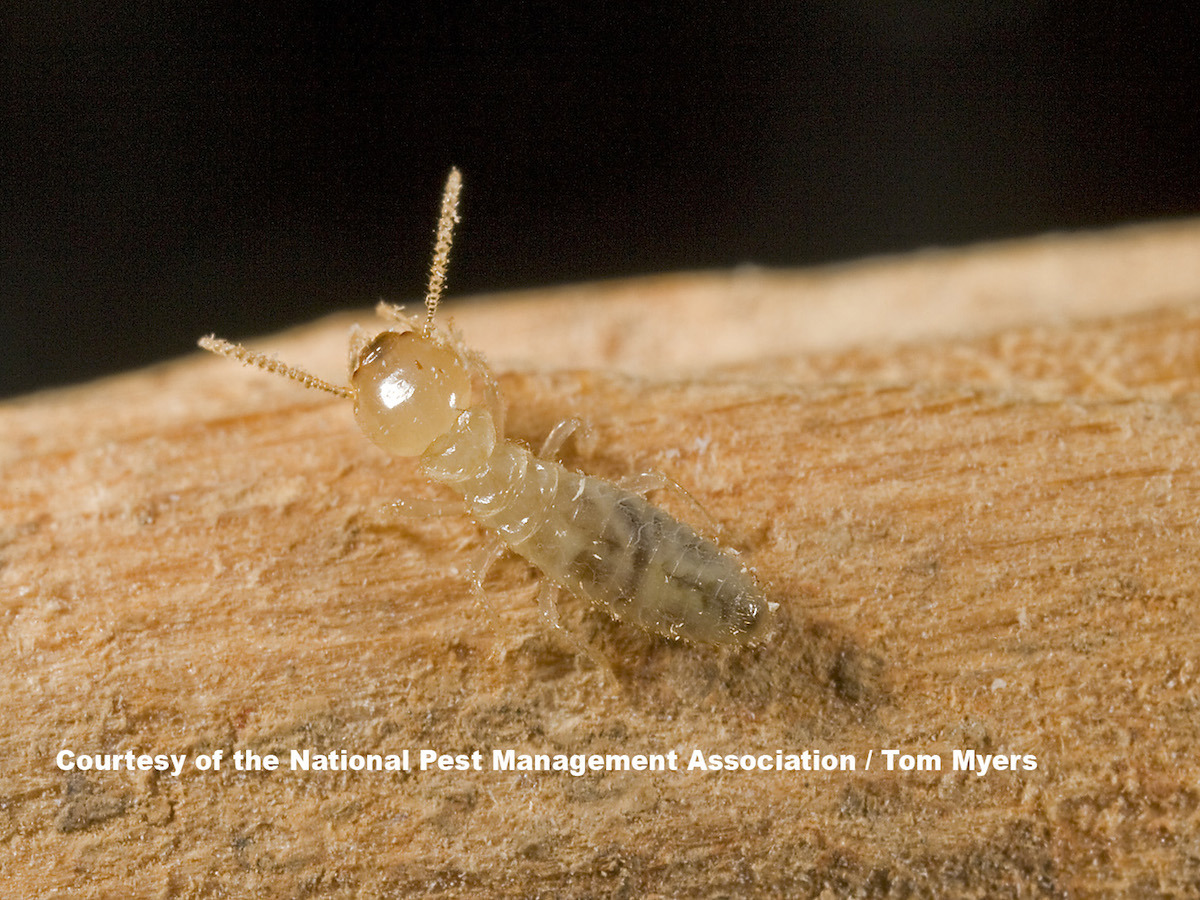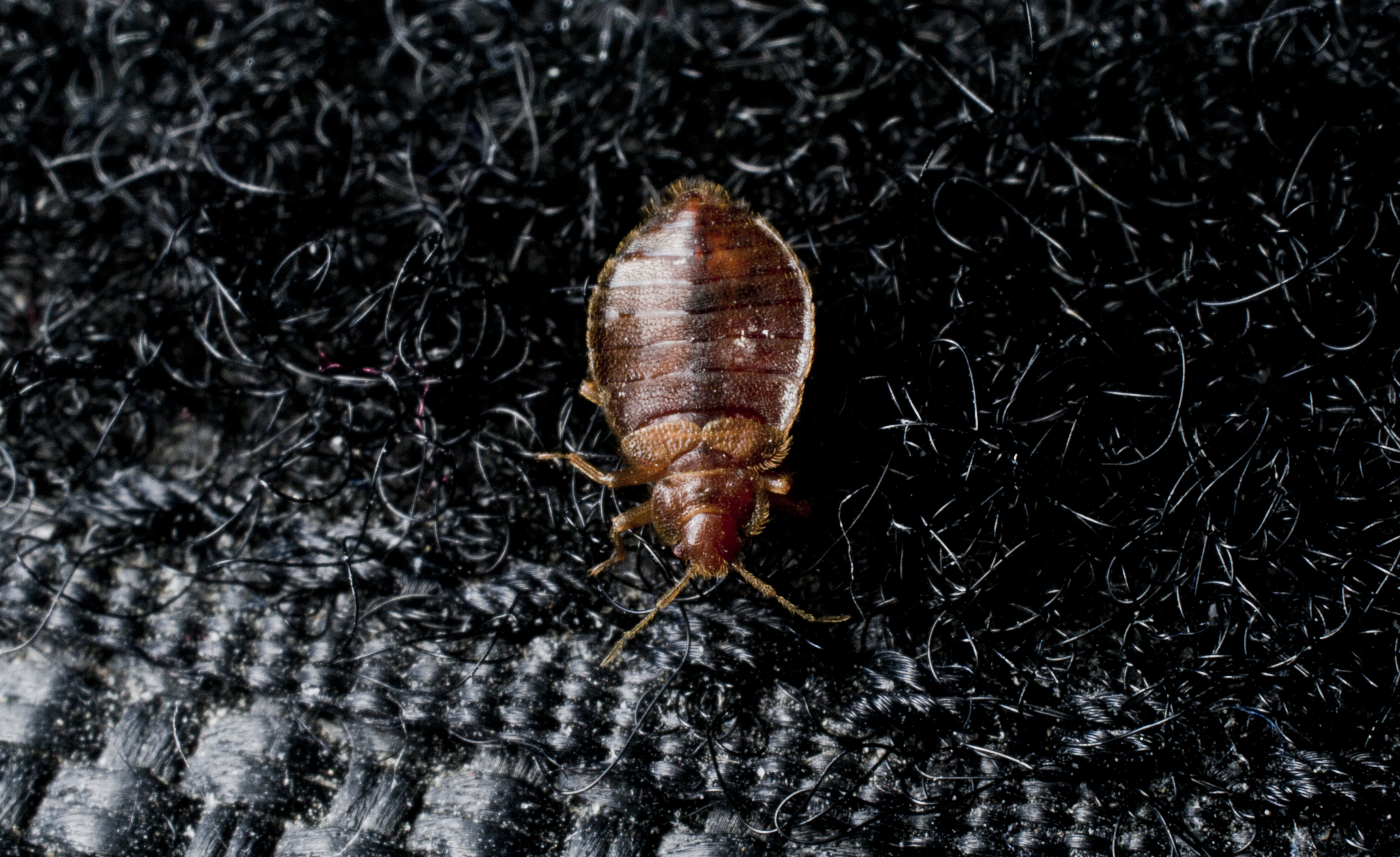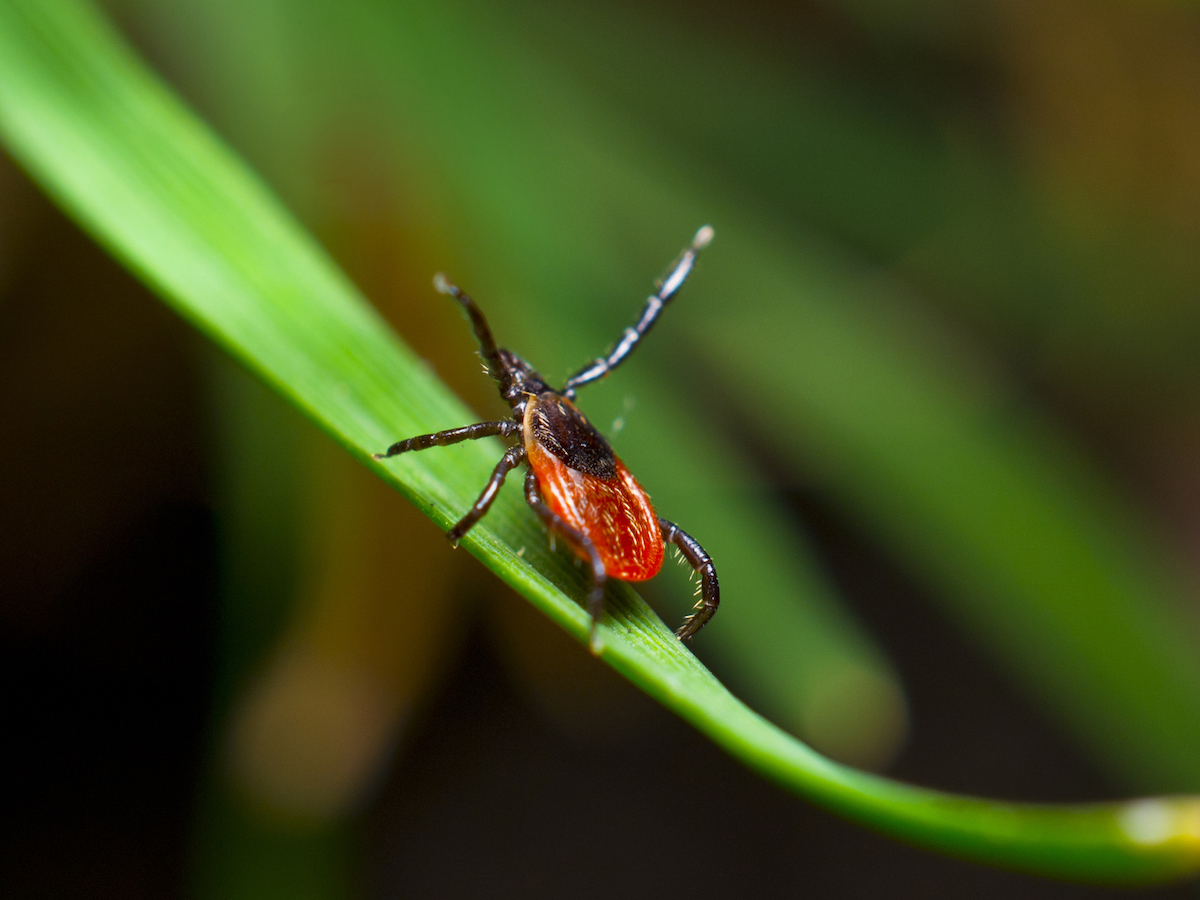Pests That Can Live Inside the Body – Part One: Crusted Scabes & Botflies
There are often myths and many a tall tale about pests infesting the body that are often then passed down from generation to generation. For example, the earwig gets its name from an old European myth that these slender insects crawl into people’s ears and tunnel into their brains while they’re sleeping. While their pincers can be quite frightening to look at, this earwig superstition lacks scientific backing.
Fortunately, earwigs do not crawl into ears and eat peoples’ brains at night; however, there are bugs that can make their way inside the body and – believe it or not – get stuck.
There are two types of insects that epitomize what can happen when insects enter the body. One type is so tiny that you generally need a microscope to see it. But later, as the insect breeds and multiples under the skin, it causes terrible symptoms and even horrific changes to the body.
The other type is first noticed, if noticed at all, as a minor insect bite. However, it gradually becomes detectable once an adult insect emerges from your body – yikes!
Scabies: When Tiny Becomes Huge
There's scabies, and then there's Norwegian Scabies, perhaps better termed “crusted scabies”. Both are caused by a scabies mite growth in your skin. One is bad, and the other is simply out of control.
In the case of crusted scabies, there is an infestation characterized by thick crusts of skin that contain large numbers of scabies mites and eggs. This severe infestation can consist of many thousands, or even millions, of scabies mites, and occurs most often in people who have a weakened immune system or a neurological disease, including the elderly and the disabled.
Human scabies is caused by the human itch mite, Sarcoptes scabiei var. hominis. This microscopic arthropod burrows into the outer layers of the skin where it lives, lays its eggs, and multiplies. As this mite tunnels through the skin, it causes discomfort, intense itching, and a rash. All it takes to contract this infestation is something as simple as shaking hands with someone who is infected. In fact, scabies can even be transmitted without human touch as these mites can be spread through contaminated furniture, clothes, or bedding.
Despite popular belief, both crusted scabies and human scabies are not caused by poor hygiene, and practically anyone can contract them. That said, there are situations and people that are more likely to become infected, including living in close, crowded conditions such as nursing homes, day cares, and prisons. If you contract scabies and have a weakened immune system from cancer, AIDS, or immunosuppressive medication, then the infestation can multiply out of control and lead to a more severe form of scabies known as crusted scabies.
Unfortunately, scabies will not go away on its own and prescription medication is needed for cure. If you suspect you have scabies, work with a trusted health care professional to safely identify and treat the issue.
A Look at the Human Botfly

human botfly, Dermatobia hominis maggot
The human botfly may not be an alien, but it sure comes close. Talk about a complicated way to reproduce! Female human botflies lay their eggs on blood-feeding arthropods such as mosquitoes or ticks that are captured during flight. These infested arthropods unknowingly deposit the botfly eggs when they bite a human or other mammal. Once botfly eggs are in the human body, they sense the change in temperature and hatch while the arthropod is feeding. Shortly after, the botfly larvae enter the host's skin through the bite wound or a hair follicle and burrow to the subcutaneous tissue, the deepest layer of your skin, where they feed.
The larvae breathe by staying flush with the skin of the host, while growing below the skin. After about a month, the larvae grow rather large and mature. Then, they begin crawling out of the skin in the hopes of dropping to the soil to undergo the transition between immature and mature stages.
The human botfly is native to Central and South America and, fortunately, rarely found in the United States.

dorsal view of the human botfly, Dermatobia hominis
Scabies Prevention
Of course, the best way to manage conditions associated with the human botfly is to not get bitten and be infected in the first place. If possible, avoid travel to areas where it is widespread or take measures to minimize your risk of being bitten using insect repellants, protective clothing and mosquito netting and/or screening enclosures.
Human botfly removal from the body can be somewhat painful and requires tremendous care to ensure that they are removed in one piece. To ensure proper and safe botfly removal, be sure to work with a health care professional.

What is a Termite Inspection and Do You Need One?
The answer: YES! This pest can cause significant and costly damage to your home. Read on to find out how.

Bed Bug Pest Guide
Traveling for the holidays this year? Be sure to keep an eye out for bed bugs! Use our Pest Guide to help identify this pest.

NPMA's TickTalk
Check out NPMA's TickTalk.org for information about this pest, including the various species and health threats they pose.
Find a PEST PRO in your area

What is a Termite Inspection and Do You Need One?
The answer: YES! This pest can cause significant and costly damage to your home. Read on to find out how.

Bed Bug Pest Guide
Traveling for the holidays this year? Be sure to keep an eye out for bed bugs! Use our Pest Guide to help identify this pest.

NPMA's TickTalk
Check out NPMA's TickTalk.org for information about this pest, including the various species and health threats they pose.
